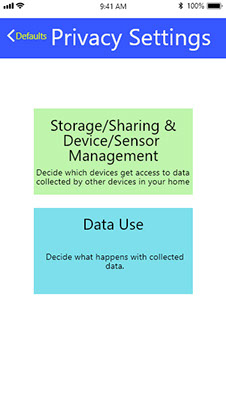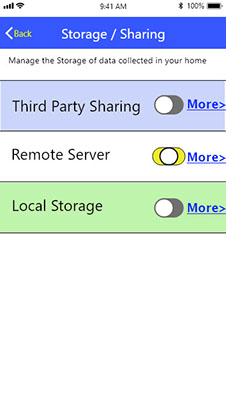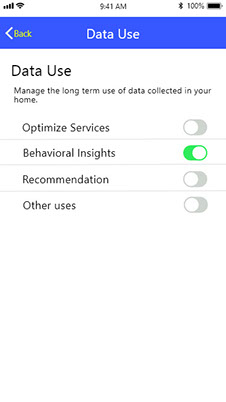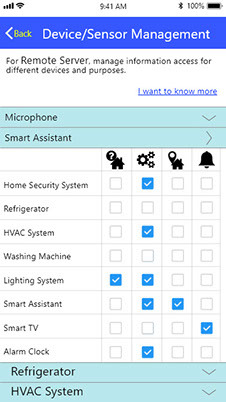Managing Privacy in SmartHome IoT
A Data Driven Design Approach
PARITOSH BAHIRAT
UX Researcher | Designer
The Challenge
IoT serves as a platform to connect a multitude of devices.
Smart Homes have numerous sensors which collect personal data from users
Various data types are also shared
Sheer multitude of data types and devices paves way to numerous possible combinations of settings.
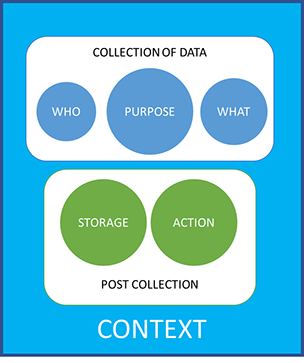
Experimental Design
- Contextual scenarios were presented to 1132 participants
- Each participant is shown 12 scenarios
-
Scenario is a combination of 5 different parameters
- Who
- What
- Purpose
- Storage
- Action
Your smart TV (Who) uses a camera (What) to give you timely alerts (Purpose). The data is stored locally (Storage) and used to optimize the service (Action)
RESULTS
- Storage is the strongest parameter amongst all
- Strong Interaction between Who, What and Purpose parameters
- Effect of Parameters on Decision is partially mediated by Attitudes
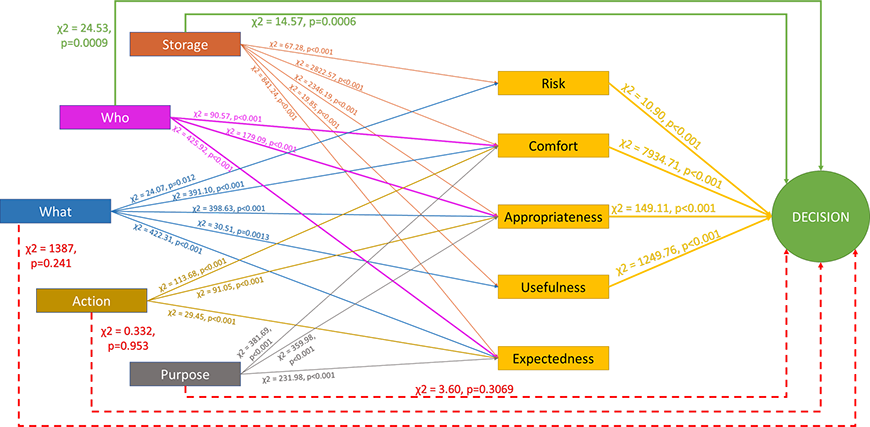
The DATA DRIVEN DESIGN
- Who, What and Purpose are bundled together because of strong interaction effects, the users will now make decisions about privacy by accounting for all the three parameters
- Effect Size of Storage was highly different. Hence, this parameter was kept separate in the design.
